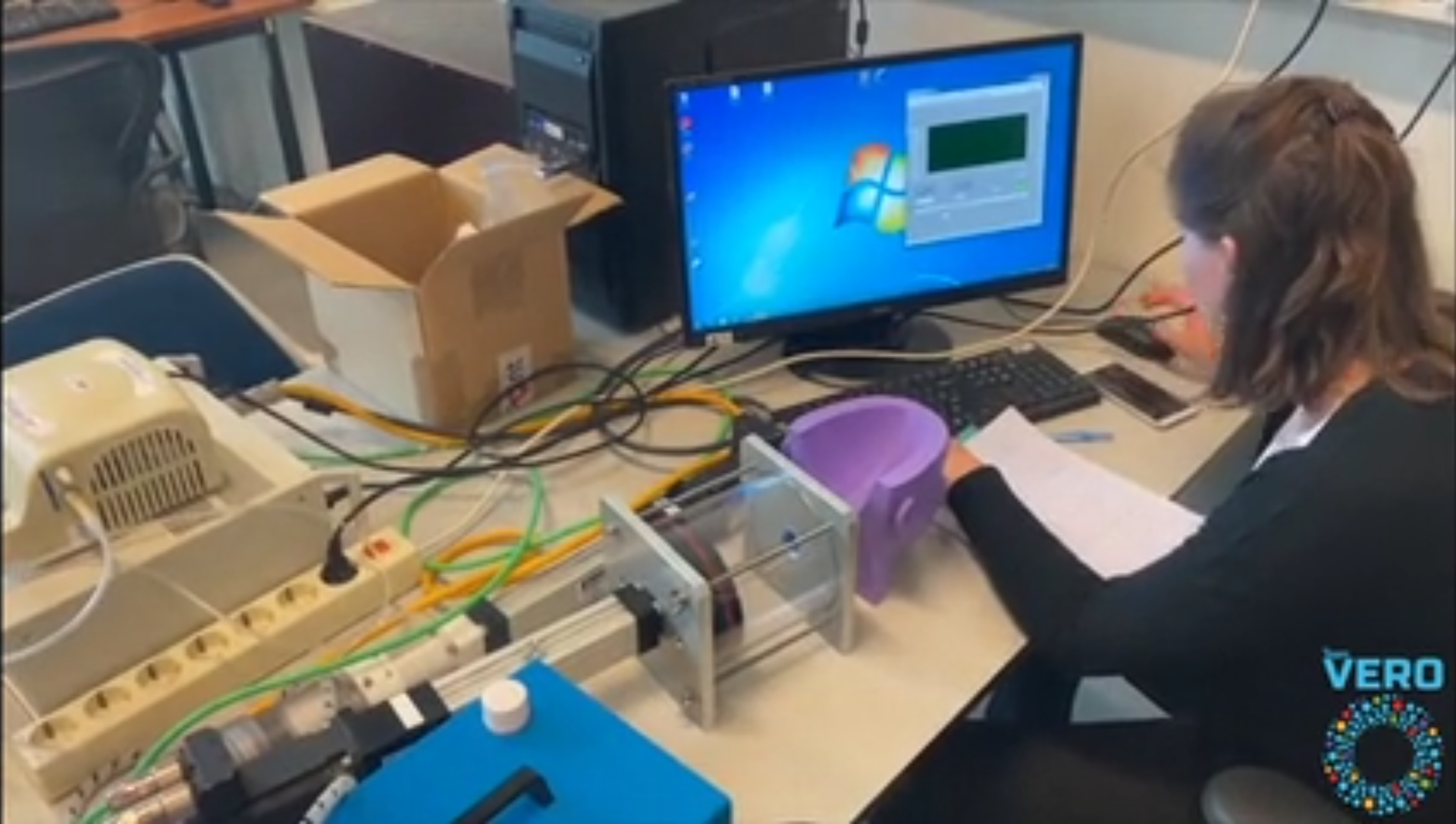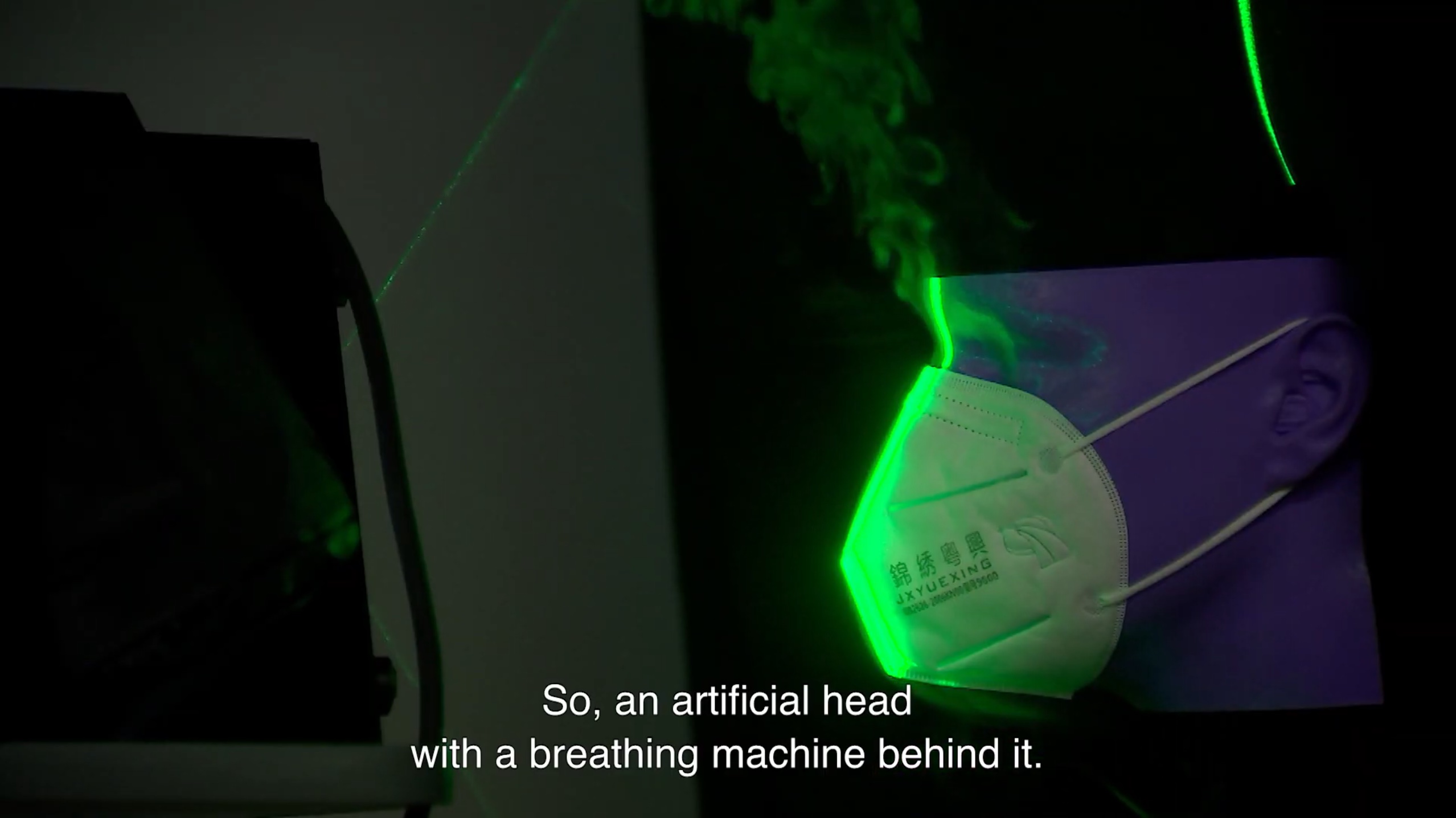DRUPPELWOLKEN - Prof. Bert Blocken Het nieuwe coronavirus verspreidt zich via speeksel- en slijmdeeltjes. Vooral…

Team VERO: from online to offline. And yes, that’s a good thing!
Team VERO: from online to offline. And yes, that’s a good thing!
First of all, we are glad that you found the blog item on our website. A very warm welcome! This is the start of a series of blogs, meaning that there are many more to come. Here, the team members will explain in more (technical) depth what we are currently working on, using additional pictures and videos. So, don’t hesitate to check this page once in a while.
Team VERO?
Maybe you are wondering: Team VERO, where did I hear about them before? Well, there is a chance that you came across this article on the TU/e website in which our project is introduced, accompanied by a podcast which can be also be found on Spotify. To answer the question that undoubtedly crossed your mind: What does VERO actually stand for? We advise you to dust off your Latin dictionary. In Latin, VERO means “truth”, which is exactly what we are looking for. Next to that, VERO is a combination of two words, namely: Virus and Aerosols, which are, in a manner of speaking, probably the two most searched words on Google over the past six months..
Working online
Before showing you our workspace, let’s take a few steps back to where it all started. In March 2020, in the heat of the covid-19 pandemic, our team met for the first time, indeed online. For almost three months we were unable to catch up in real life, so all our meetings, weekly updates, calls with experts across the whole country and team bonding activities were done online. During this online period, we also met Hettie Janssens, paediatrician pulmonologist in the Sophia Children Hospital (ErasmusMC) and problem owner of our project.
Our workspace at TU/e
After weeks of online meetings and prototyping at our home offices, we can proudly announce that we have found a workspace at the TU/e campus. To be more specific: in the Vertigo building, in which the department of Built Environment is nested. Here, we are currently setting-up and preparing our experiments. We got very excited to work here after Jan Diepens, Head of Building Physics Laboratory, informed us about the presence of a climatic chamber. In a climatic chamber, the environment (e.g. room temperature and pressure) can be kept constant, hence the climate control of a hospital room can be simulated. Moreover, the ventilation can be used to quickly reduce the leftover smoke and aerosol between experiments. All in all, this is exactly what we were looking for.
The first item we brought to our workspace, was the long simulator. As its name reveals, the lung simulator is used to simulate a patient’s breathing. You can click on the video below for more explanation.
Thank you Marcel Rutten
Finally, we want to do a little shout out to Marcel Rutten (department of Biomedical Engineering) and Jurgen Bulsink (department of Mechanical Engineering) for making this lung simulator possible.
That’s it for now! Stay tuned, because in the next blog, you can read about our team members.

